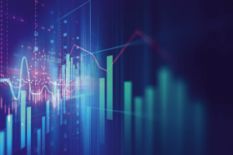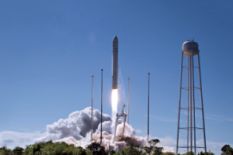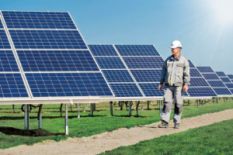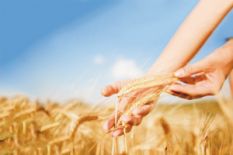Ukraine’s economy grew significantly in 2018 thanks to a number of positive factors, including a relatively stable hryvnia exchange rate, high export prices for Ukrainian products (such as metals, chemicals and agricultural produce), and an increase in the size of investment. The State Statistics Service of Ukraine reports that in the first nine months of 2018, capital investment in Ukraine grew 19.9% year-on-year. Industrial output also rose over that period, with a 1.6% increase for metallurgy, 3.3% for mechanical engineering and 24.4% for the chemical industry. The value of exports grew by 10.3% to $34.5 billion. Ukraine historically exports metallurgy, chemicals, machinery and processed products, as well agricultural produce (primarily grain).
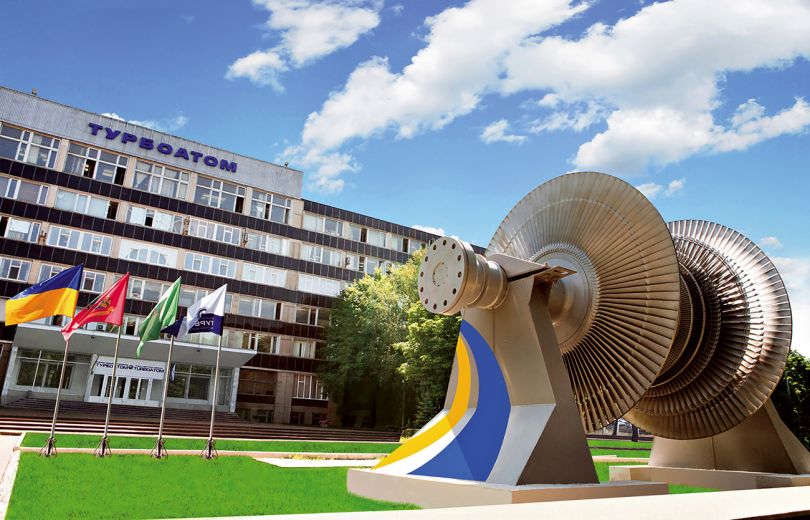
The IMF believes that Ukraine’s GDP will have grown 3.5% in 2018, compared to the National Bank of Ukraine’s estimate of 3.4%. The World Bank’s forecast is 3.3%.
Ukraine’s economic well-being is highly dependent on the development of certain industrial sectors and individual enterprises, which have spent 2018 investing in production facilities, increasing output and exports. Hundreds of major production companies in Zaporizhia, Dnipro, Sumy, Poltava and Kharkiv regions contribute significantly to the local economy and society while supporting the entire country’s economic growth.
Mining and processing
Dnipro Region’s industrial potential is primarily linked to metallurgy, mechanical engineering, chemical and processing technologies. The region accounts for 19.5% of the country’s entire output of industrial products. In January through October 2018, the local businesses sold 394.8 billion hryvnias’ ($14.3 million) worth of industrial produce, of which 38% came in the form of metal products. Over 500 industrial enterprises are situated in Dnipro Region, employing about 285,000 (73,000 in the metallurgy sector alone). They produce cast iron, steel, rolled stock, pipes and coke. A significant portion of the region’s output is exported, accounting for 17% of all Ukrainian exports.

The key regional exporters include Interpipe’s subsidiaries Interpipe NMPP, Interpipe NTRP and Interpipe Niko Tube. They manufactured 645,600 tonnes of pipes in the first 10 months of 2018. The group exports its large- and small-diameter pipes to 80 countries. Dneprovsk Metallurgical Plant, currently a subsidiary of Development Construction Holding, is one of the world’s largest steel and cast-iron producers. Dnieper Metallurgical Combine, another major steelmaker in the region, is controlled by Industrial Union of Donbass. The region’s largest enterprise is the steel company ArcelorMittal Kryvyi Rih.
Zaporizhia Region sold industrial products worth 175.5 billion hryvnias in January through September 2018, or (8.6% of the combined total of products sold in the counry). The regional administration says mechanical engineering grew by 4.8% over the period while metalworking saw a 6.7% growth. The region’s enterprises are primarily involved in metallurgy and machine engineering. The largest local metallurgical businesses belong to Metinvest Group (Azovstal, Zaporizhstal and Ilyich Iron and Steel Works). Zaporozhye Ferroalloy Plant and Dneprospetsstal are also increasing their output. The region’s mechanical engineering is represented by Zaporozhtransformator and the engine manufacturer for airplanes and helicopters Motor Sich.
Machine engineering
Kharkiv Region is mainly about machine engineering. Local enterprises sold 150.9 billion hryvnias’ worth of industrial produce in January through October 2018, or 7.4% of the country’s entire volume of such products. The largest regional specialists in mechanical engineering are Kharkiv Tractor Plant (owned by DCH Group) and the state-owned enterprises Turboatom and Electrotyazhmash. Kharkiv Region is home to the Malyshev Plant, which specialises in armoured vehicles and exports them to the China, Egypt, Iraq, Morocco, Pakistan, Thailand and the USA. It also manufactures and exports railway motors. The company’s net income grew 26.2% year-on-year in January through September 2018, to 1.86 billion hryvnias. It is one of the most profitable businesses both in the region and the country. Another well-known Kharkiv enterprise is Antonov state aircraft design and manufacturing enterprise, whose net income grew by 44.7% in the first nine months of 2018 to 5.4 billion hryvnias while its net profit hit 848.2 million. This past summer, the company announced plans to resume production of the An-148, An-158 and An-178 aircraft. For this purpose Antonov in July signed an agreement with Boeing’s subsidiary Aviall Service.
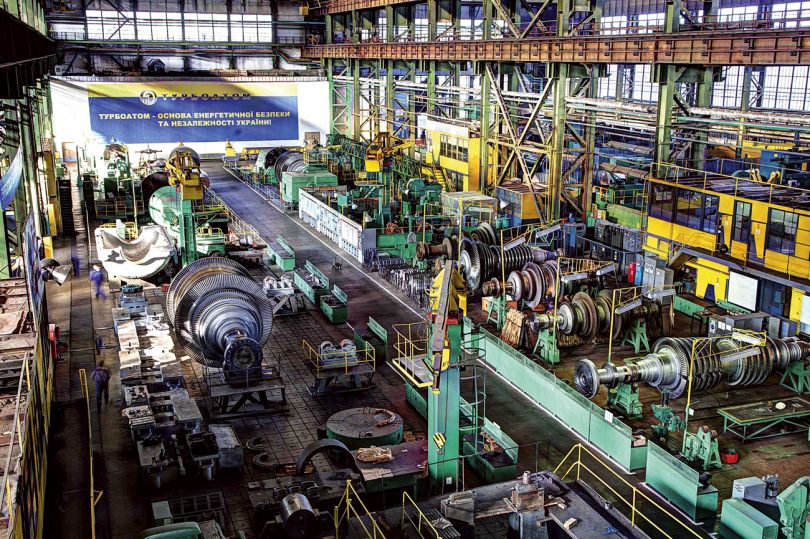
Machine building is also big in Poltava Region, which accounts for 7.4% of all industrial products sold in Ukraine, second only to Kharkiv Region. Poltava Region sold 149.67 billion hryvnias’ worth of industrial produce in the first 10 months of 2018. One of the largest local enterprises is Kryukov Railway Car Building Works. The company incurred losses in 2014-17 due to the fact that Russia, one of its main customers, had stopped purchasing the plant’s railway carriages. The business then reoriented exports to the CIS and the Baltic states, and also started selling more to Railway Transport of Ukraine "Ukrzaliznytsia" and its subsidiary Ukrainian Railway High-Speed Company. The Kryukov plant’s 2017 profit stood at $113 million. Other prominent regional machine-building enterprises include the truck manufacturer AutoKrAZ and Kremenchug Plant of Road Machines "Kredmash". Khorolskiy Mechanical Plant actively exports its grain processing equipment (grain and flour separators and mills, as well as loading and unloading equipment). The company supplies its equipment to the EU (Bulgaria, the Czech Republic, Italy, Latvia, Lithuania and Poland), Asia (Azerbaijan, Turkey and Uzbekistan) and Africa (Uganda).
Sumy Regions’ industrial enterprises only account for 1.9% of Ukraine’s market; they earned 39.15 billion hryvnias in the first 10 months of 2018. Machine engineering contributes 13.1% to the region’s overall industrial output. The largest enterprises include Nasosenergomash, which manufactures pumps for the metallurgy, chemical, power generation and oil industries. There is also Zavod Kobzarenko, which specialises in tractor trailers, chaser bins and a variety of other agricultural equipment. One of the region’s largest manufacturers is NICMAS Concern, a specialist in compressors and power-generating equipment for the mining, oil-and-gas, metallurgy and chemical industries.
Interpipe (Dnipro Region)
Interpipe manufactures all varieties of pipes and tubes, and also serves the railway sector. All of the company’s production facilities are situated in Dnipro Region. The initial element of the production cycle is Interpipe Vtormet, which specialises in scrap metal recycling. Its produce is used by the steel producer Interpipe Steel. Interpipe NMPP, Interpipe NTRP and Interpipe Niko Tube use steel to manufacture pipes and railway car wheels. The company employs a total of 12,000 personnel. It paid 1.89 billion hryvnias ($70 million) in taxes in 2017.
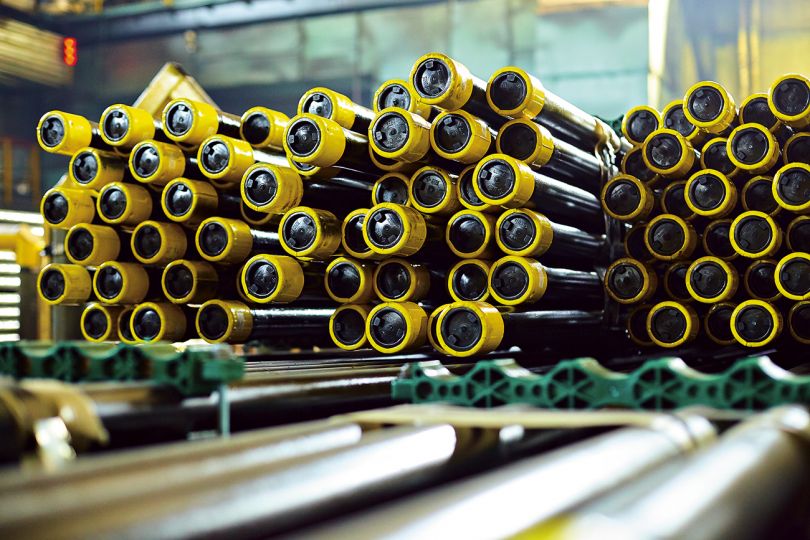
Interpipe exports 75% of its produce to 80 countries, and runs client support offices in Europe, the Middle East, the Americas and the CIS. One in three buildings in Dubai is served by Interpipe piping products. Almost all the European railway companies use Ukrainian-made wheels for their rolling stock. The company works with nearly 1,000 suppliers, including small and medium businesses.
Interpipe is a major industrial investor; it has directed over $1 billion to real economy over the past six years, including $700 million spent on building the Interpipe Steel electric steel-melting complex in Dnipro. The remaining $300 million was invested in overhauling the company’s pipe- and railway wheel-making capacities. Interpipe R&D and investment activity is focused on new hi-tech products and client-oriented solutions.
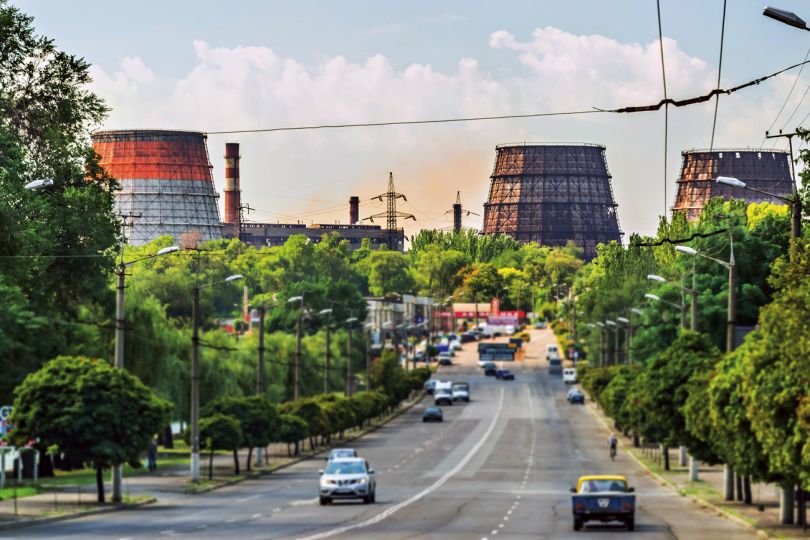
Interpipe Steel is referred to as a green metallurgy enterprise because of its care for the environment. The plant’s closed water treatment cycle means that no industrial waste ends up in the Dnieper River. It also runs an advanced gas purification system.
The new facility features five massive installations by the internationally renowned modern artist Olafur Eliasson. Interpipe Steel is among Dnipro’s main industrial tourism locations, and has welcomed over 60,000 visitors since opened in 2012. The company hosts Interpipe TechFest, one of the biggest engineering shows in Eastern Europe. Interpipe is the title sponsor of the Interpipe Dnipro Half Marathon, first organised in 2016, and actively supports the city’s running community.
ArcelorMittal Kryvyi Rih (Dnipro Region)
This full-cycle metallurgy works specialises in long rolled metal products. It has an output capacity of over 6 million tonnes of rolled metal, nearly 7 million tonnes of steel and in excess of 6.7 million tonnes of cast iron per year. The enterprise is part of the international industrial group ArcelorMittal. More than $9 billion has been invested in the Ukrainian operation since established 13 years ago. The existing capacities are being renovated and new ones are on their way, with due regard being paid with Kryvyi Rih’s ecology. The enterprise’s 2018 operating and capital investment will have exceeded $400 million. ArcelorMittal Kryvyi Rih will continue with its investment and modernisation programme; a total of $1.5 billion is expected to be invested by the year 2022.”
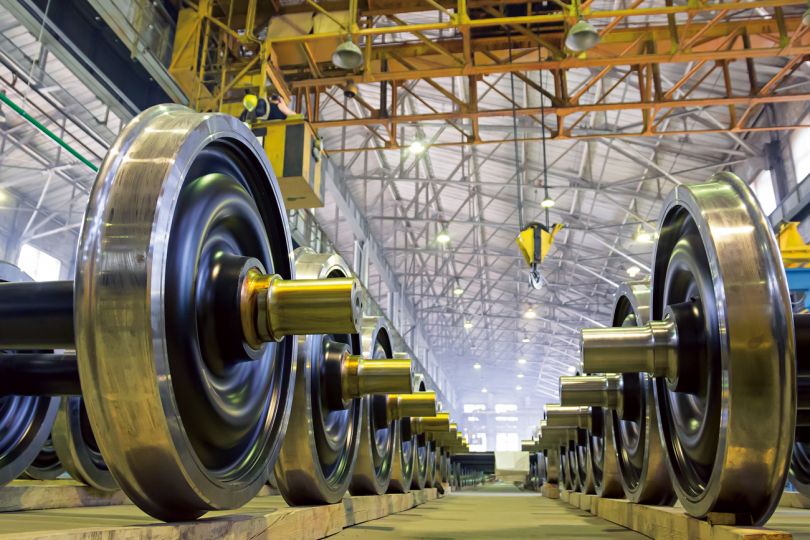
With 35,000 personnel, the company is one of Ukraine’s major taxpayers. It paid 2.9 billion hryvnias into the country’s budget in 2017, and has been actively contributing to the gentrification of Kryvyi Rih by supporting initiatives to repair roads, improve public transport and refurbish public spaces. In 2018, the ArcelorMittal Kryvyi Rih benevolent fund will have spent over 25 million hryvnias for the project to renovate a local outpatient medical facility, a burn care centre and a cancer centre, as well as for several major urban landscaping projects.
Turboatom (Kharkiv Region)
Turboatom is among the world’s leading specialists in power-generating equipment, including steam and gas turbines for coal and nuclear power plants and pre-turbine gate valves for hydropower plants. The company supplies all the national power generation plants and also exports to Armenia, Bulgaria, Hungary and Tajikistan. Turboatom’s net profit amounted to 710.4 million hryvnias ($26 million) in 2017, and paid 661.3 million hryvnias in taxes. The company employs 3,463 personnel.
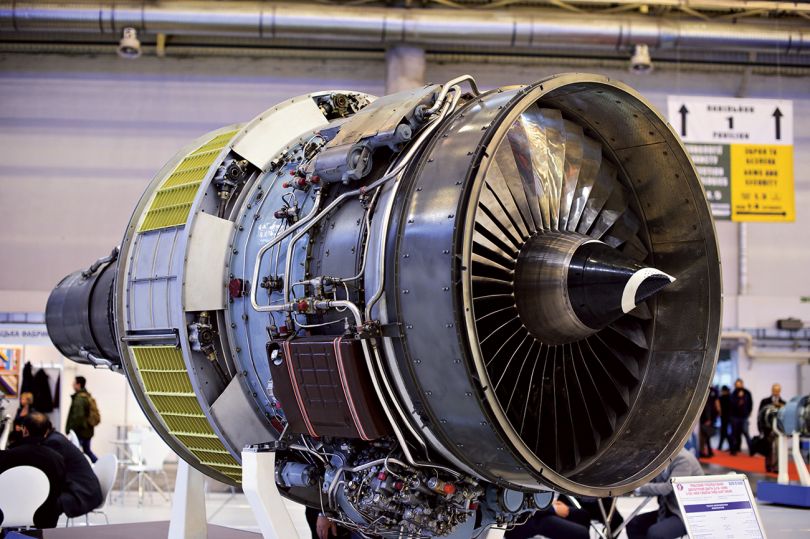
The Ukrainian government on 10 May 2018 adopted a list of state-run enterprises to be offered up for privatisation. The list includes Turboatom, in which the state currently holds 75.22% (12.8% of the company is owned by Svarog Asset Management). However, there was no information available as to the company’s privatisation prospects as of December 2018.
Motor Sich (Zaporizhia Region)
Motor Sich specialises in aero engines and industrial gas turbines. Its powerplants for fixed- and rotary-wing aircraft are operated in over 120 countries. As of December 2018, the company employed 21,600 personnel. Motor Sich saw its revenue grow 52% year-on-year to 3.1 billion hryvnias ($133 million) in 2017. Its net income for the first nine months of 2018 stood at 7.9 billion hryvnias, and its net profit at 543.3 million hryvnias. Motor Sich signed a firm order in 2018 for the delivery of a batch of production AI-450C engines to Austria’s Diamond Aircraft Industries. According to media reports, the company has reached an agreement with the Chinese industrial consortium Skyrizon Aviation to build an aircraft engine production facility in China. The project was showcased at Airshow China 2018. The enterprise, whose eventual production capacity is set at 1,000 powerplants per year, is to be launched in 2020. Nearly $2.8 billion is expected to be invested in the project. Motor Sich runs a programme to support its employees financially. Personnel also enjoy access to corporate kindergartens, dormitories, medical services, gyms and a number of recreational centres.
Motor Sich runs a programme to support its employees financially. Personnel also enjoy access to corporate kindergartens, dormitories, medical services, gyms and a number of recreational centres.
Text by Natalia Bohuta
Photo: shutterstock (3), interpipesteel.biz, facebook.com/ArcelorMittalUA, turboatom.com.ua, uk.wikipedia.org
